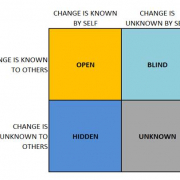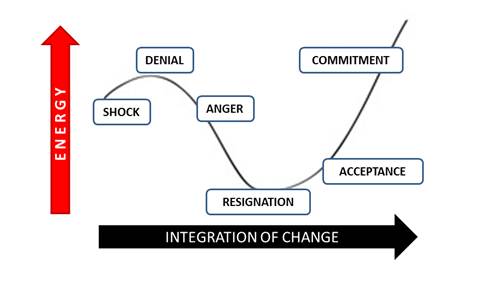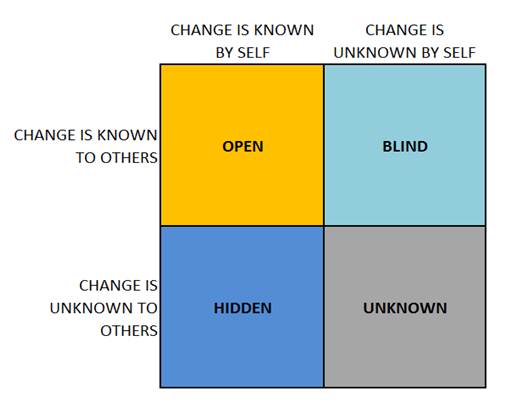 Pictures can be created in the mind. Sometimes I like to relate change experiences to something the audience can relate to and paint a picture in words. A frequently used reference point for me revolves around home decorating. ivermectin oral small k9
Pictures can be created in the mind. Sometimes I like to relate change experiences to something the audience can relate to and paint a picture in words. A frequently used reference point for me revolves around home decorating. ivermectin oral small k9
When you consider the need to get ready for change events we often consider the Pareto principle. That is 80/20 split. I would say that 80% of successful change management comes through good planning and only 20% relates to the activity of “going live” with the change – that moment of integration with the existing environment.
Now much like good preparation for decoration in your home a significant amount of time is given over to getting all the environmental needs in place here too. Scraping wallpaper, scrubbing walls, sanding details and generally cleaning out all the old and dated design elements in readiness for the new. The better you do this the more robust and lasting the new decor will be.
This is a good parallel with integration of change. The better you prepare for it the better the quality of the delivered display. erythematotelangiectatic rosacea treatment with ivermectin But if you cut corners and do a rush job then the more likely you will not get strong and lasting change. how much ivermectin can a chihuahua Much like decoration it will need rework faster and the cracks and problems will be more noticeable and deteriorate sooner.
So think about it in terms of decoration. If you want change to be of high quality and long lasting you have to put the preparatory effort in beforehand. The better. You prepare, the better the finish.




